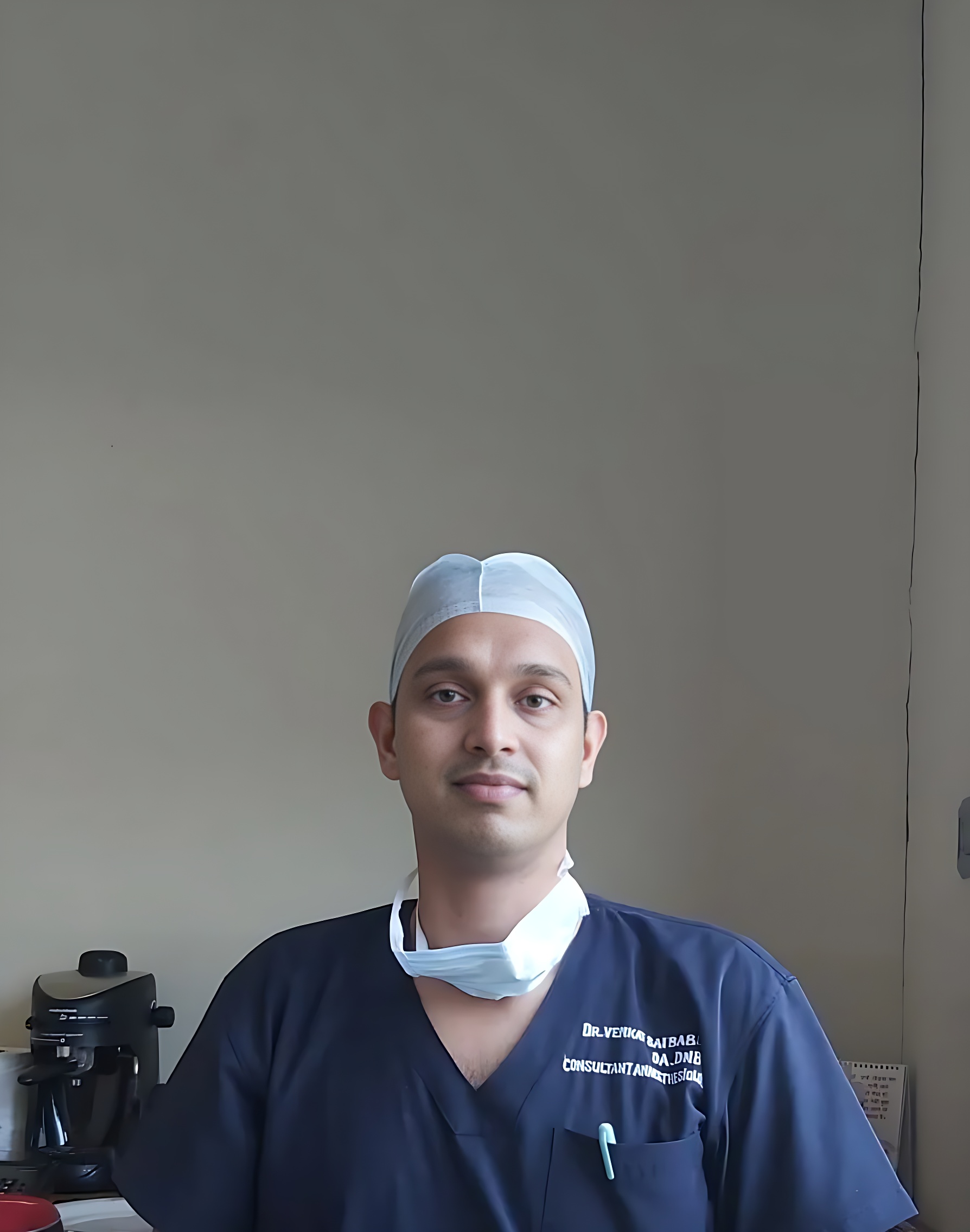- 1050
- 5
Anesthesia in Geriatric patients
Anesthesia in geriatric patients requires careful consideration due to the physiological changes associated with aging. Elderly patients often have reduced cardiovascular reserves, decreased pulmonary function, and impaired renal and hepatic function. Anesthesiologists must take into account these age-related changes whenSee More
About the Speaker
Dr. Venkata Saibabu
Consultant Anesthesiologist, Apollo Hospitals, Visakhapatnam
Dr. Venkata Saibabu
Consultant Anesthesiologist, Apollo Hospitals, Visakhapatnam
Upcoming Case Discussions

Sagittal Balance in Lumbar Spine

Robotics and AI in Urology: What every Clinician Should know

Complications in Focus: Early Detection of Diabetic Nephropathy and Retinopathy

Diabetes and Nerve Damage: Understanding Diabetic Peripheral Neuropathy

Infection Prevention & Control: Best Practices Every Nurse Should Master

Shadow a Specialist: A Day in the ICU
